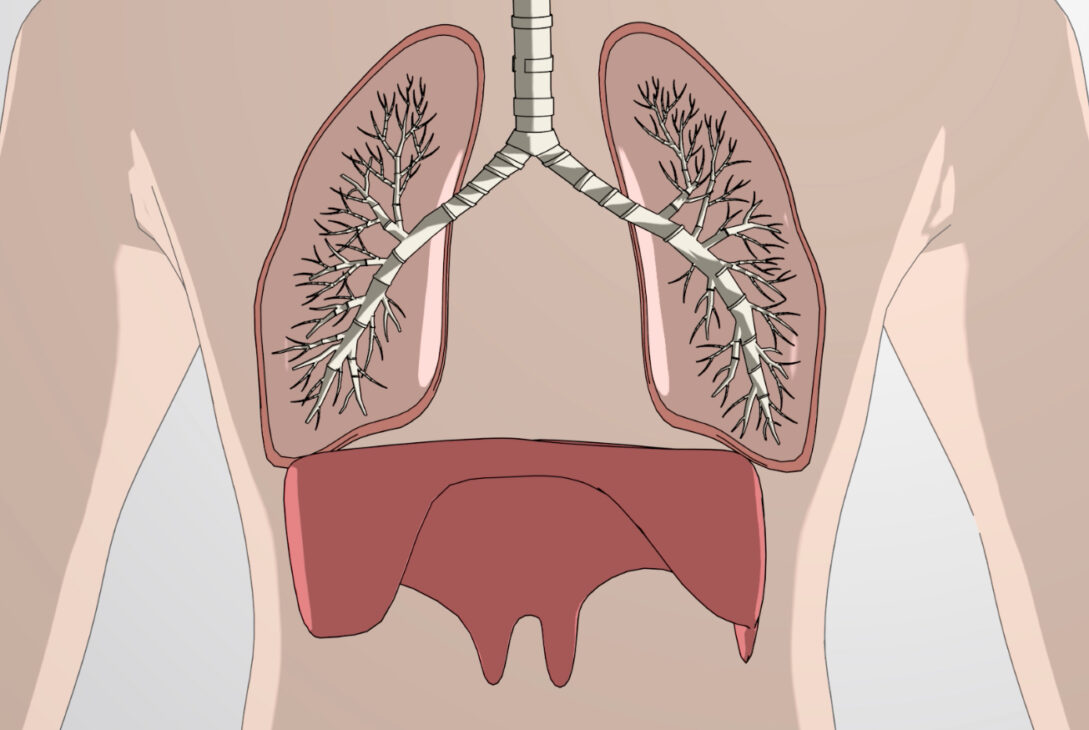The circulatory and respiratory systems of the human body work in unison to supply oxygen to the body and release unwanted carbon dioxide. While the former works with blood and the latter with air, they coexist by coordinating the activities of the various components in each system. While the nervous and digestive systems are also important to the body, the respiratory and circulatory systems must function continually, without even a brief break.
Circulatory System
The circulatory system comprises the heart, blood vessels, and blood which circulates throughout the entire human body or other vertebrates. It includes the blood vessels and heart-based cardiovascular system, often known as the vascular system. The circulatory system is divided into two sections: pulmonary circulation and systemic circulation.
The primary function of the circulatory system is to transport oxygen, nutrients, and hormones throughout the body to the muscles, tissues, and organs. The circulatory system also helps the body eliminate waste by removing it from cells and organs.
Heart
Because the heart is formed of specialised cardiac muscle, it may function as a pump for the circulatory system. The primary function of the heart is to pump blood throughout the body; this process is known as the cardiac cycle.
Blood Vessels
An intricate network of blood vessels carries blood from the heart throughout the body. Blood is drawn from the heart through arteries. The aorta, the major artery of the systemic circulation, divides into major arteries that supply blood to various organs and limbs.
Capillary beds form when arterioles branch apart. Hundreds of capillaries are found in capillary beds, which branch among the body cells.
Veins are the blood vessels that return carbon dioxide-rich blood to the heart. Due to the lower pressure in veins compared to arteries, their walls are not as thick, and they are equipped with valves that prevent blood from flowing backwards away from the heart.
Respiratory System
The respiratory system, also known as the ventilatory system or respiratory apparatus, is a biological system in plants and animals consisting of various structures and organs used for gas exchange. The body uses this system to take oxygen from the air so our organs can function. Additionally, it purifies our blood from waste gases like carbon dioxide.
The respiratory system’s primary function is to eliminate carbon dioxide, a waste product produced by cells, and provide oxygen to the tissues. The lungs, trachea, and nasal cavity comprise most of the human respiratory system.
After oxygenated air is inhaled through the mouth or nose, it travels down the pharynx, larynx, and trachea to begin the respiratory process. The trachea divides into two bronchi, leading into a lung. Each bronchus separates into smaller bronchi and then into smaller bronchial tubes called bronchioles. Gas exchange occurs in air sacs at the end of bronchioles called alveoli.
Circulatory System and Respiratory System Interactions
The respiratory and circulatory systems function closely to transport and transfer oxygen and carbon dioxide molecules. To function properly, every cell in our body needs oxygen. By inhaling, we provide our bodies with the oxygen they need. The mouth and nose inhale air, then passes through the trachea (windpipe), the lungs, and finally, tiny sacs alveoli.
The respiratory and circulatory systems converge in the alveoli. Blood and oxygen are moved throughout the body by the respiratory and circulatory systems working together. The bronchi, trachea, and bronchioles are the pathways by which air enters and exits the lungs. The pulmonary veins and arteries connect to the heart and allow the blood to enter and exit the lungs.
One of the fundamental bodily functions shared by humans and higher animals is the connection between the circulatory and respiratory systems. Humans and animals can only do additional tasks like searching for food or reproducing when these two systems function effectively and interact.
Stay tuned to BYJU’S Biology for more information.







![ExtraTorrents Proxy List For 2020 [100% Working Proxies To Unblock Extratorrents] ExtraTorrents Proxy List For 2020 [100% Working Proxies To Unblock Extratorrents]](https://www.troozer.com/wp-content/uploads/2020/08/extratorrent-cd-640x360-1-250x250.jpg)



